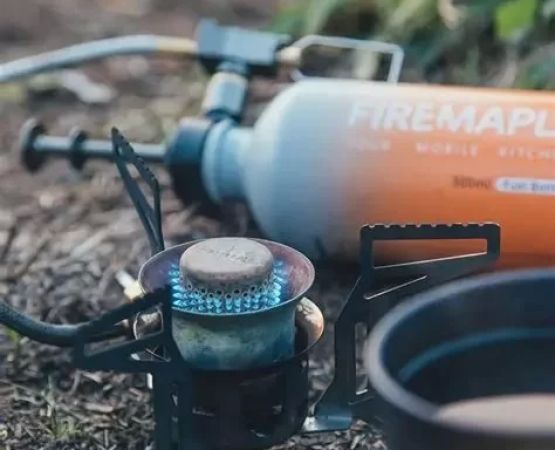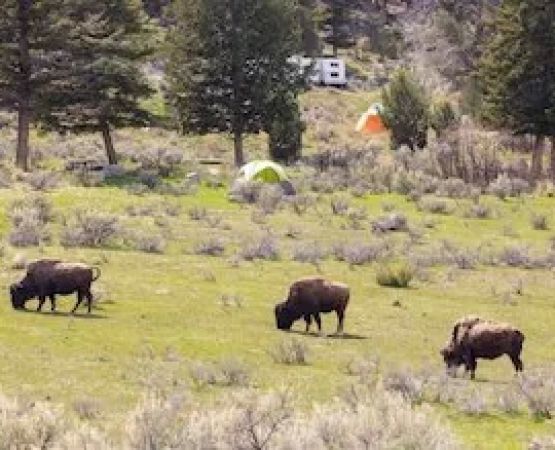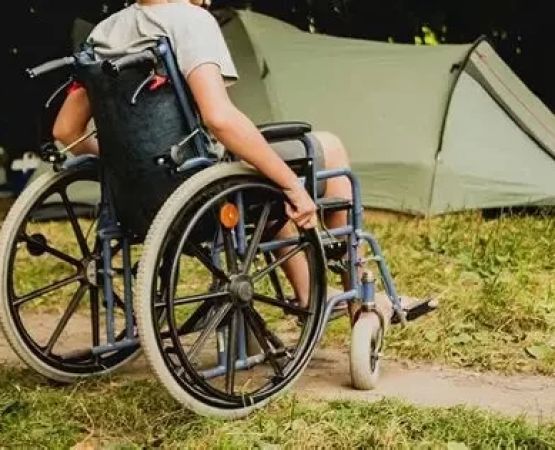- understanding-animal-tracks
- hoofed-animals-tracks
- paw-prints-of-carnivores
- bird-tracks-and-patterns
- reptile-and-small-mammal-trails
- real-examples-in-the-wild
- essential-tips-for-track-identification
- learn-more-with-pine-cliff-resort
1. Understanding Animal Tracks
Identifying Different Types of Animal Tracks in the Wild is more than just a survival skill—it’s a gateway to understanding the hidden stories of nature. Each footprint left behind is like a signature, giving us insights into the animal’s size, species, and even its behavior at that moment. From muddy riverbanks to snow-covered trails, tracks reveal how animals live, move, and interact with their surroundings.
2. Hoofed Animals Tracks
2.1 Deer and Elk
Deer tracks are among the most common. They appear as two narrow, heart-shaped imprints. Elk tracks are similar but larger, often spreading wider due to their size. Hunters and hikers often notice these prints near streams or forest clearings where animals forage.
2.2 Moose and Bison
Moose tracks are massive, with a rounded, broad outline. They usually show deep impressions in soft ground due to their weight. Bison leave wide, rounder hoof prints, often found in plains or grasslands. Recognizing these differences helps nature enthusiasts understand what kind of wildlife is present in an area.
3. Paw Prints of Carnivores
3.1 Canine vs. Feline
Canine tracks (wolves, coyotes, domestic dogs) display four toes with visible claw marks, forming an oval shape. Feline tracks (bobcats, cougars) show rounder prints with four toes but no claw marks, as cats usually retract their claws when walking.
3.2 Bears
Bear tracks are distinct because they resemble human footprints with five toes and a wide heel pad. Their sheer size and depth in soil or snow make them unmistakable. Spotting these prints is a reminder to exercise caution in bear habitats.
4. Bird Tracks and Patterns
Bird tracks vary depending on species and environment. Waterfowl like ducks and geese leave webbed impressions near lakes or rivers. Ground birds like turkeys or pheasants leave three-pronged prints that point forward, often scattered in groups, suggesting foraging activity. Watching these patterns tells us about feeding habits and seasonal movements.
5. Reptile and Small Mammal Trails
Reptiles like snakes leave winding trails in sand or snow, while turtles may leave alternating marks with tail drags. Small mammals such as rabbits leave distinct pairs of hind prints ahead of smaller front paw marks, creating a hopping pattern. Recognizing these subtle differences enriches the outdoor experience for both casual hikers and serious trackers.
6. Real Examples in the Wild
A well-known viral story shared online showed hikers in Yellowstone National Park identifying overlapping wolf and elk tracks, telling a silent story of predator and prey interactions. Another case involved campers spotting raccoon tracks around their tent, which later explained why their food supplies had mysteriously disappeared overnight. These real-world examples make track identification more engaging and practical.
7. Essential Tips for Track Identification
7.1 Study the Ground Conditions
Soft soil, mud, or snow reveals clearer impressions compared to dry, rocky terrain. Observing track depth and sharpness can also help determine how recently the animal passed by.
7.2 Use Size and Stride as Clues
Measuring stride length, width, and track size adds valuable detail. Larger animals typically leave deeper, wider prints with longer strides, while smaller creatures leave shallow, clustered patterns.
7.3 Consider the Environment
Tracks should always be interpreted alongside the environment. For example, beaver tracks near water often accompany gnawed tree stumps, while fox tracks in snow may show a straight, purposeful line as they hunt efficiently.
8. Learn More with Pine Cliff Resort
If you’re eager to take your knowledge further, Pine Cliff Resort provides curated resources, equipment, and guided experiences tailored for nature enthusiasts. Whether you’re a beginner learning to identify animal tracks or an experienced wildlife photographer, exploring their offerings can enhance both your skill set and your adventures in the wild.






